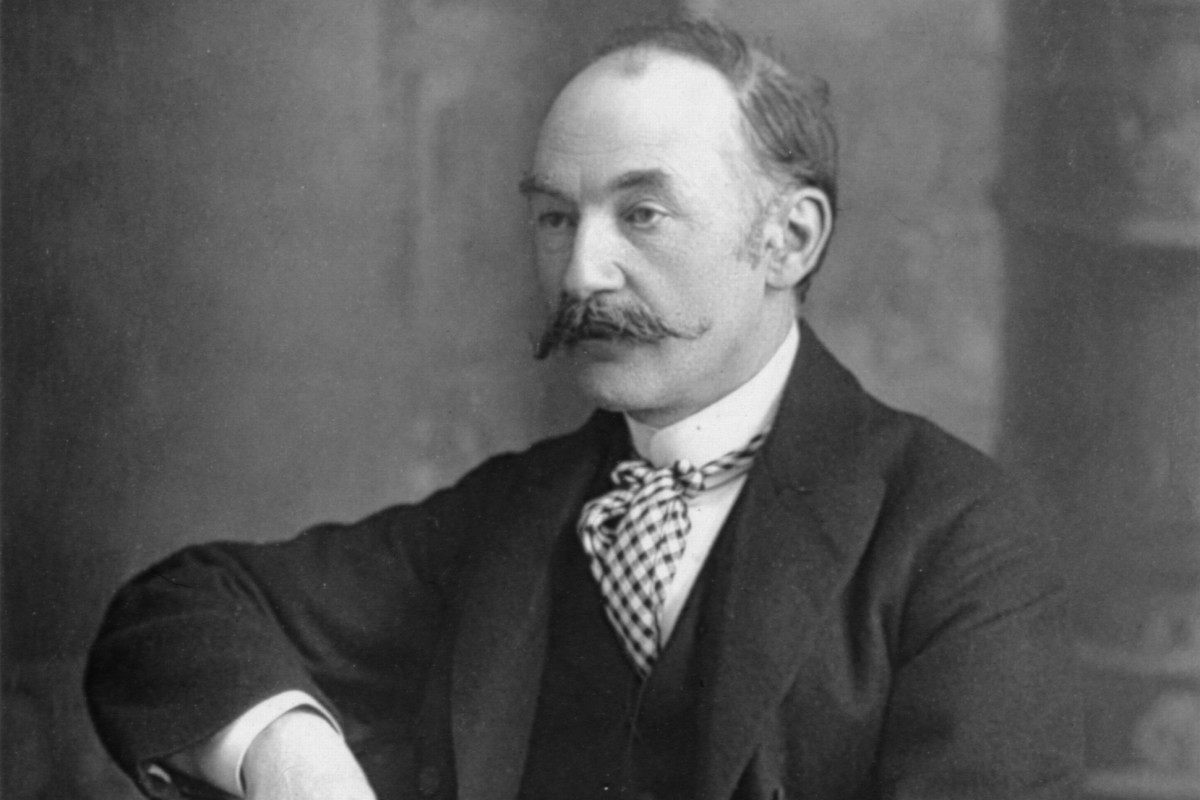The poem was written by 16th century metaphysical poet, John Donne (1573-1631). It was published in Donne’s poetry collection, Poems in 1633. The poem is one of many pieces written by Donne in the field of love, sensual or spiritual.
The sonnet is divided in to two stanzas, each of fourteen lines. The speaker of the poem talks about love and the nature of love. He addresses the sonnet to his beloved.
In the first 4 lines, he compares love and his beloved to angels. He says that love is similar to angels, it’s formless and shapeless, yet its presence is tangible enough to make us feel its existence. Like one worships angels, he feels, he too has worshipped and loved his beloved, even before he had seen her face or known her name. Lines 5-6 denote the speaker’s tendency of viewing love as a spiritual feeling, an inexpressible form; hence, he calls it ‘lovely glorious nothing’. This is reminiscent of Platonic ideals of love, but the idea is as easily denigrated in the next few lines. In lines 7-10, the poet-persona explains that since love is essentially the child of the soul, it has to take a form, like a soul does. It cannot but take a body for its consummation. The poem then expounds on the necessary physicality of love. Lines 11-14 deal with the speaker’s realization that love cannot be abstract. It has to take a form, a shape in order to be actualized. When he tries to fathom the meaning, the identity of love, he finds himself asking, or rather allowing the abstract concept to take a definitive form, that is, of his beloved. He then goes on to find the expression of love in his beloved’s eyes, lips and brows.
Stanza 2 begins as a continuation of Stanza 1. In lines 15-18, the speaker contemplates his earlier decision to confine love to the physical realm. He realizes his mistake as he feels love being overwhelmed by the realm of sensuality and superficiality. He portrays love as a pinnace, a light boat, that is being weighed down by a ballast, a stabilizer. Initially, he thought the physical incarnation of love would prove to be a pivot that would help love to move forward, attain full power. On the contrary, he feels love becoming ‘overfraught’ with it. Lines 19-22 tell us how love cannot be sustained in extremities. For love to be nourished , it needs to be balanced in the middle. Love is where spirituality and sensuality should converge. Lines 23-28 reflect the speaker’s reconciliation within himself. He seems to have come to a resolution. And he wishes to be encircled with his love. Again he compares love to the air-like angels. He wants his love to surround him like an aura, just like the angels whose faces and wings are made of air. He knows that although his love, which is inherently human, can never attain the purity of angels, yet it is pure in itself because it is both spiritual and sensual. Line 26 offers a subliminal break from the stanza. In lines 26-28, the poet-persona talks about the disparity between the love of men and love of women. He distinguishes between the two by drawing comparison on the purity of air and angels. By this he probably means that there is a distinct break between the way each sex views or thinks about love.
Some online learning platforms provide certifications, while others are designed to simply grow your skills in your personal and professional life. Including Masterclass and Coursera, here are our recommendations for the best online learning platforms you can sign up for today.
The 7 Best Online Learning Platforms of 2022
- Best Overall: Coursera
- Best for Niche Topics: Udemy
- Best for Creative Fields: Skillshare
- Best for Celebrity Lessons: MasterClass
- Best for STEM: EdX
- Best for Career Building: Udacity
- Best for Data Learning: Pluralsight













